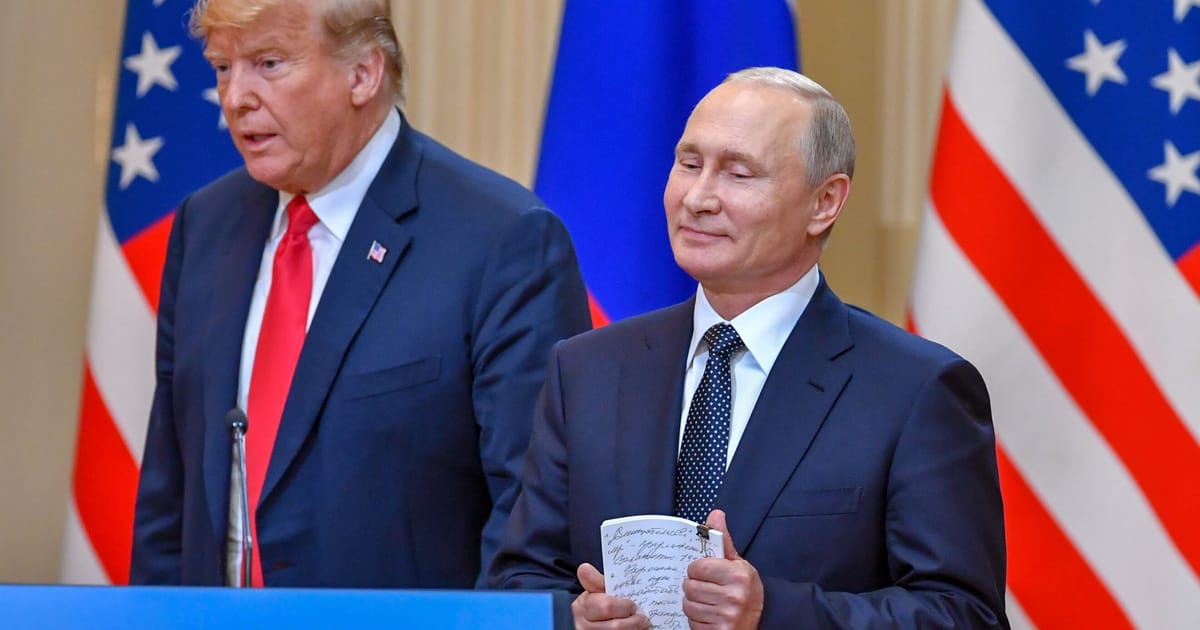

Amidst a backdrop of ongoing global tensions, recent developments highlight the complex challenges and humanitarian concerns arising from international conflicts. As the world looks toward potential diplomatic resolutions, the reality on the ground continues to paint a somber picture.
In Eastern Europe, the conflict between Russia and Ukraine persists with significant developments on the diplomatic front. Former U.S. President Donald Trump has extended an ultimatum to Russian President Vladimir Putin, urging a ceasefire by September. However, observers question the impact of such diplomatic gestures, given the entrenched positions of both parties. Meanwhile, negotiations for peace are scheduled to take place in Istanbul, highlighting a glimmer of hope amid the ongoing turmoil.
Despite the forthcoming peace talks, tensions remain high as reports surfaced of recent drone strikes conducted by Russia on Ukrainian soil, leading to injuries among civilians. These incidents underscore the fragile nature of the conflict and the challenges in achieving an immediate ceasefire. As the situation develops, the broader implications for regional stability remain uncertain.
On another front, an investigation has uncovered concerning practices in Russia, where children are reportedly engaged in the design and testing of military drones. Through seemingly innocuous video game competitions, talented youth are funneled into defense-related roles, highlighting the intersection of education and militarization. This revelation raises ethical questions about the recruitment of young minds into military endeavors and underscores the far-reaching impact of prolonged conflicts.
Shifting focus to the Middle East, the humanitarian situation in Gaza has drawn significant international concern. Reports indicate escalating violence, with civilians bearing the brunt of the conflict. The UN Secretary-General, alongside various global leaders, has expressed grave concern over the attacks on aid facilities and the devastating impact on the Palestinian population. Described as a “hell on earth,” the living conditions in Gaza prompt urgent calls for humanitarian intervention and a sustainable resolution to the crisis.
In this challenging context, humanitarian organizations on the ground face immense obstacles in delivering aid to those most in need. The blockade and hostilities have severely hampered efforts to provide life-saving resources, exacerbating the dire conditions faced by many in the region. The global community continues to monitor the situation closely, advocating for an end to hostilities and a return to negotiations.
As these complex conflicts unfold, the need for thoughtful diplomacy and comprehensive humanitarian support is more critical than ever. The path to peace requires not only strategic negotiations but also a deep commitment to addressing the underlying causes of these enduring conflicts. The international community remains engaged in seeking lasting solutions, emphasizing the importance of dialogue and cooperation in resolving these pressing global challenges.
Source: {link}
